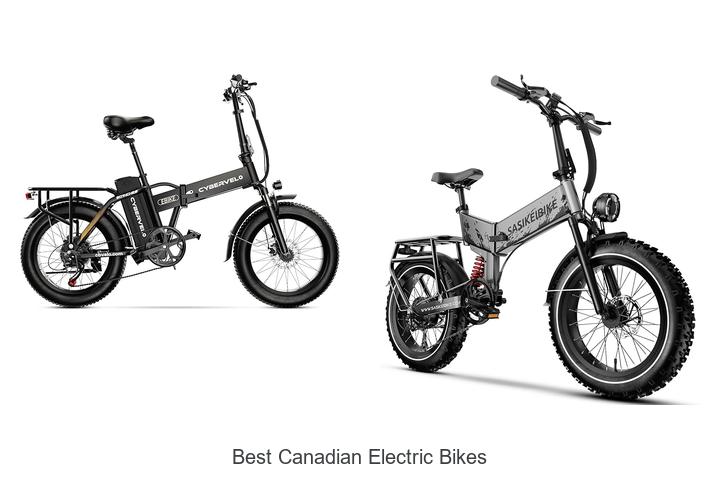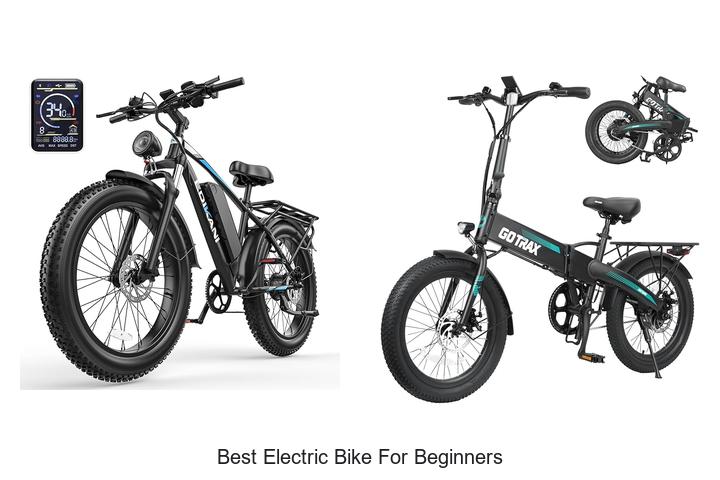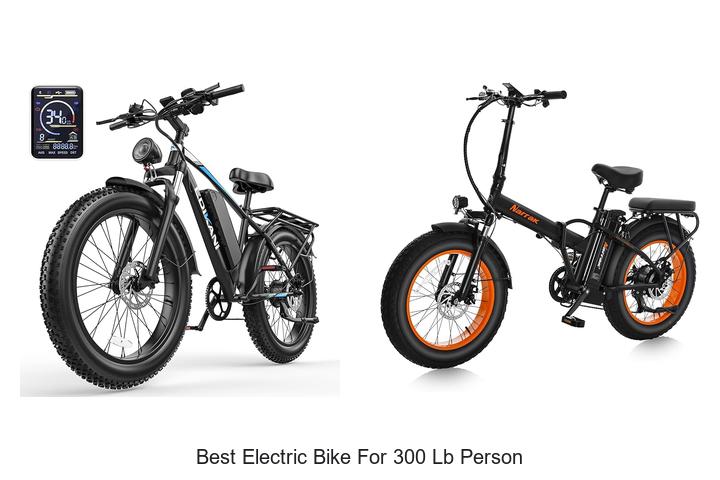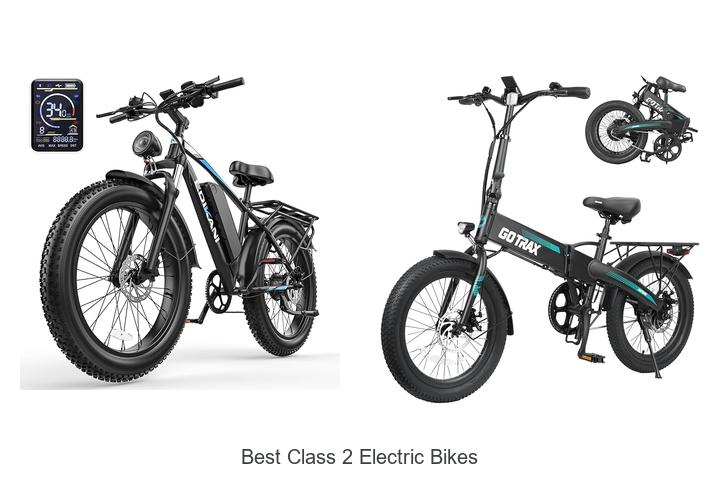What Is a Hybrid Electric Bike? Benefits and Features Explained
If you’re looking for a versatile ride that combines the best of both worlds, a hybrid electric bike might be just what you need. These bikes blend traditional pedal power with an electric motor to give you an extra boost when you want it. Whether you’re commuting, cruising around town, or hitting light trails, a hybrid electric bike offers flexibility and ease.
You don’t have to worry about getting too tired or struggling up hills anymore. With a hybrid electric bike, you control how much help you get from the motor, making your ride smoother and more enjoyable. It’s a smart choice if you want to save energy, reduce your carbon footprint, and still get some exercise along the way.
What Is a Hybrid Electric Bike?
A hybrid electric bike combines a traditional bicycle frame with an integrated electric motor and battery. You pedal like a regular bike but receive electrical assistance that boosts your pedaling power. This motor assistance activates based on your pedaling intensity or can be controlled manually through settings on the handlebar.
You benefit from a lightweight motor system that often weighs between 10 to 20 pounds, depending on the model. These bikes typically feature a mid-drive or hub motor, delivering power smoothly to help you tackle hills, accelerate faster, or cover longer distances with less fatigue.
You find hybrid electric bikes versatile for urban commuting, fitness riding, and light off-road use. Their design balances comfort and performance, often including wider tires, ergonomic grips, and adjustable seats to suit varied riding conditions.
Battery capacity varies, usually ranging from 300 to 700 watt-hours, providing average ranges between 20 and 50 miles per charge. You recharge the battery using a standard electrical outlet, with charging times spanning from 3 to 6 hours.
Hybrid electric bikes give you control over energy use through multiple assistance levels, allowing you to maximize battery life or increase motor help when needed. This flexibility supports your ride preferences and environmental goals efficiently.
Key Components of Hybrid Electric Bikes
Hybrid electric bikes rely on several key components that work together to deliver power, comfort, and versatility. Understanding these parts helps you choose a bike that fits your riding needs and maximizes your experience.
Motor and Battery
Most hybrid electric bikes use a mid-drive or hub motor weighing between 10 and 20 pounds for consistent power delivery. Battery capacity ranges from 300 to 700 watt-hours, enabling travel distances between 20 and 50 miles per charge. Recharge times usually fall between 3 to 6 hours. The battery typically mounts on the frame or rear rack, balancing weight and accessibility for charging. Both motor and battery integrate smoothly to provide scalable assistance and maintain ride quality.
Frame and Design
Hybrid bikes feature durable frames constructed from aluminum or steel, blending lightweight strength with comfort. The design includes wider tires, usually 1.5 to 2.0 inches, for stability on urban streets and light trails. Adjustable seats and upright handlebars enhance rider posture and reduce fatigue. You’ll find frames that accommodate both the motor and battery without compromising balance or ride dynamics, allowing you to tackle various terrains efficiently.
Pedal-Assist and Throttle Modes
Hybrid electric bikes offer dual control modes for flexible riding. Pedal-assist mode uses sensors to detect pedaling effort and automatically applies motor support, reducing your exertion. Throttle mode lets you engage the motor independently of pedaling, providing instant power with the push of a lever or thumb throttle. These options let you control the level of assistance based on your speed, terrain, or energy levels, optimizing your ride for comfort or speed.
Benefits of Hybrid Electric Bikes
Hybrid electric bikes offer a blend of efficiency, convenience, and adaptability. You’re able to experience these benefits across environmental, financial, and terrain challenges.
Environmentally Friendly Transportation
You reduce carbon emissions by using a hybrid electric bike instead of gasoline-powered vehicles. Electric assist lowers the need for fossil fuels, making your rides cleaner. You contribute less air and noise pollution while encouraging sustainable urban mobility.
Cost Efficiency and Savings
You save money on fuel and parking through regular use of a hybrid electric bike. Maintenance costs are lower compared to cars, with fewer mechanical components requiring service. Charging the battery costs only cents per charge, equivalent to a fraction of traditional transportation expenses.
Versatility for Different Terrains
You tackle city roads, bike lanes, and light trails without changing vehicles. The adjustable motor assistance adapts power output to hills or flats, reducing fatigue. Wider tires and sturdy frames provide stability and comfort on various surfaces, from pavement to gravel paths.
How Hybrid Electric Bikes Compare to Other Bikes
Hybrid electric bikes blend features from different bike types, offering a versatile option between traditional and fully electric bikes. Their unique design delivers a balance of power, control, and efficiency.
Hybrid Electric Bikes vs. Traditional Bikes
Hybrid electric bikes provide electric motor assistance while you pedal, unlike traditional bikes that rely solely on your physical effort. You gain extra power that reduces fatigue over long distances or steep hills, making commuting and recreational rides easier. Their frames and wider tires resemble traditional bikes but include a battery and motor system that typically weighs 10 to 20 pounds. Battery capacity ranges from 300 to 700 watt-hours, extending your travel distance between 20 and 50 miles per charge, which surpasses the range you get from human power alone. Recharge times remain between 3 to 6 hours, allowing quick turnaround between rides. You maintain control over motor assistance levels, enabling customization for terrain and physical exertion. In contrast, traditional bikes have no electric support and deliver a simpler, lighter ride without battery weight or recharging needs.
Hybrid Electric Bikes vs. Full Electric Bikes
Full electric bikes often feature larger motors and batteries than hybrid electric bikes, emphasizing motor-driven propulsion with minimal pedaling required. Hybrid electric bikes retain the traditional pedaling experience enhanced by adjustable electric assist, fitting riders who prefer controlling power input. Full electric models can have motors exceeding 750 watts, providing higher speeds but generally involve heavier frames and shorter battery life when relying on motor power alone. Hybrid electric bikes usually come with 250 to 500-watt motors, optimizing energy efficiency and balancing speed with endurance. Additionally, hybrids provide dual control modes—pedal-assist and throttle—that make it easier to switch between manual pedaling and motor power as needed. Full electric options mostly focus on throttle mode, which can reduce physical activity and battery efficiency over time. Overall, hybrid electric bikes offer more flexibility and a natural riding feel, combining electrical support with traditional cycling dynamics.
Tips for Choosing the Right Hybrid Electric Bike
Selecting a hybrid electric bike involves matching your specific needs, battery capacity, and budget with the right features. This guide helps you focus on essential factors to find the best fit.
Consider Your Riding Needs
Identify the primary use of your hybrid bike, such as commuting, fitness, or light trail riding. Commuters benefit from models with integrated lights and rack mounts, while fitness riders may prefer lightweight frames and responsive motors. Trail users should look for durable tires and suspension options. Assess the terrain—flat or hilly—and frequency of rides to determine the motor power and assistance levels you’ll require.
Battery Life and Range
Evaluate battery capacity measured in watt-hours (Wh), which directly affects your travel distance per charge. Batteries ranging from 300 to 700 Wh typically cover 20 to 50 miles, depending on assistance level and terrain. Choose a battery that fits your daily route length with a margin for unexpected trips. Also consider charging time; faster recharge cycles of 3 to 4 hours enhance usability. Removable batteries add convenience for off-bike charging and security.
Budget and Features
Set a realistic budget that balances quality components and desired features. Entry-level hybrid electric bikes start around $1,000, offering basic motor support and standard frames. Mid-range models between $1,500 and $2,500 often include higher-capacity batteries, better suspension, and integrated technology such as LCD displays and Bluetooth connectivity. Premium bikes exceeding $3,000 provide advanced motor systems, lightweight materials, and enhanced comfort. Prioritize features that impact your experience, like adjustable assist modes, reliable brakes, and comfortable seating, within your price range.
Conclusion
Choosing a hybrid electric bike means embracing a smarter way to ride that fits your lifestyle and goals. Whether you’re aiming to cut down on commute time, boost your fitness, or explore new trails with ease, these bikes offer the perfect balance of power and control.
With adjustable assistance and versatile features, you get a ride that adapts to your needs while helping you stay eco-friendly and cost-conscious. Investing in the right hybrid electric bike lets you enjoy every journey more comfortably and efficiently.



